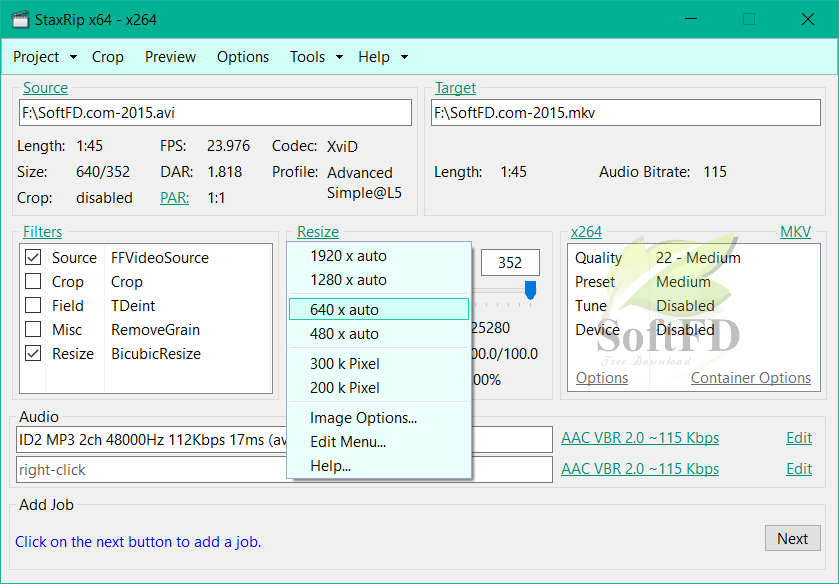

Pairwise protein sequence analysis of seven conserved non-structural proteins domains show that this virus belongs to the species of SARSr-CoV. Furthermore, we show that 2019-nCoV is 96% identical at the whole-genome level to a bat coronavirus. The sequences are almost identical and share 79.6% sequence identity to SARS-CoV. Full-length genome sequences were obtained from five patients at an early stage of the outbreak. The epidemic, which started on 12 December 2019, had caused 2,794 laboratory-confirmed infections including 80 deaths by 26 January 2020. Here we report the identification and characterization of a new coronavirus (2019-nCoV), which caused an epidemic of acute respiratory syndrome in humans in Wuhan, China. Previous studies have shown that some bat SARSr-CoVs have the potential to infect humans 5, 6, 7. Since the outbreak of severe acute respiratory syndrome (SARS) 18 years ago, a large number of SARS-related coronaviruses (SARSr-CoVs) have been discovered in their natural reservoir host, bats 1, 2, 3, 4.


 0 kommentar(er)
0 kommentar(er)
